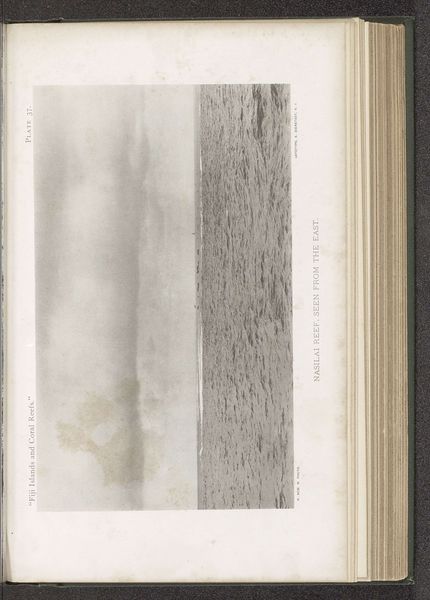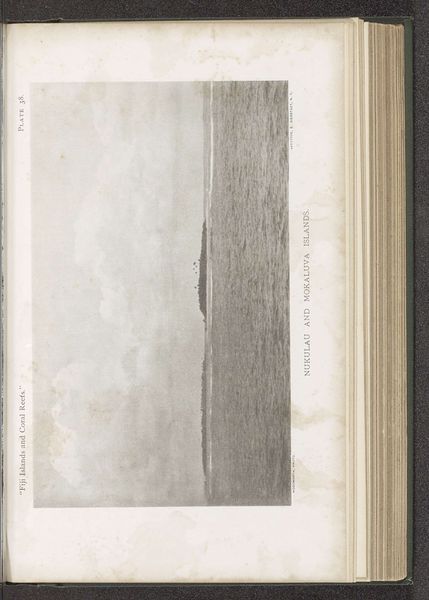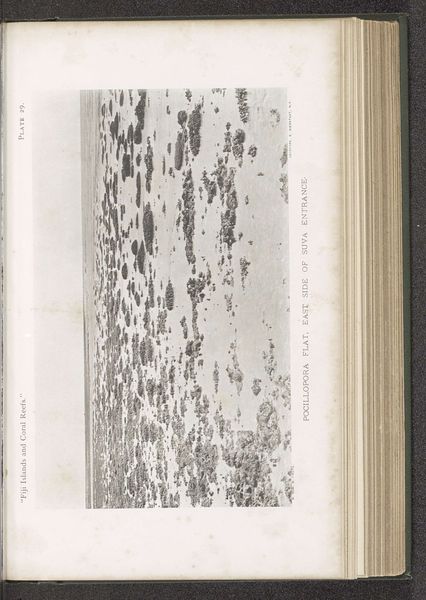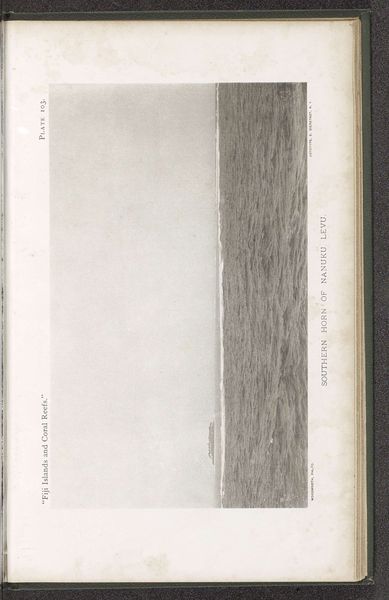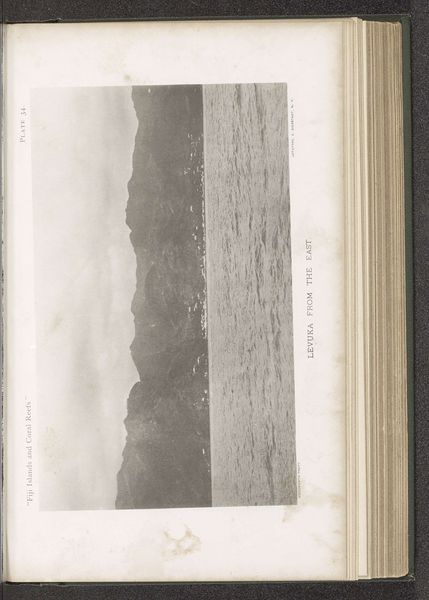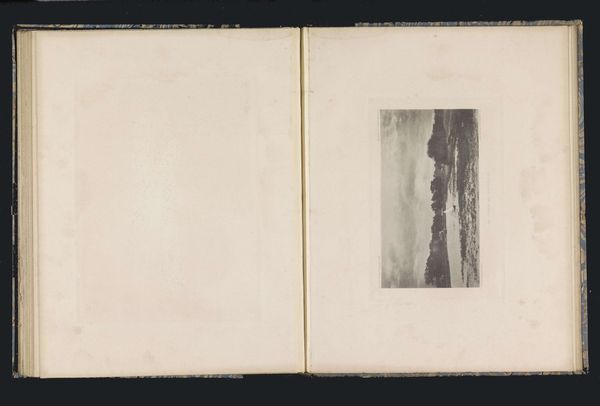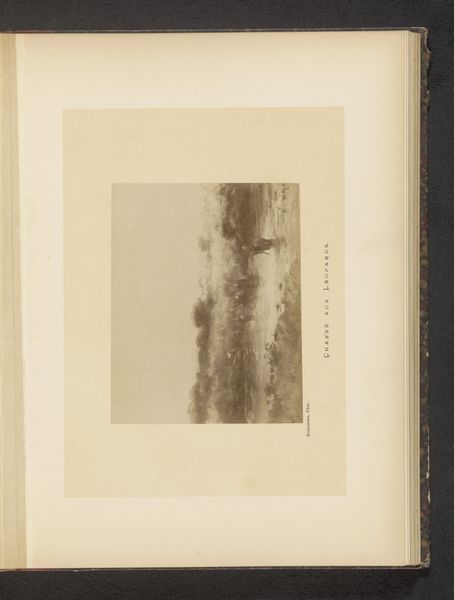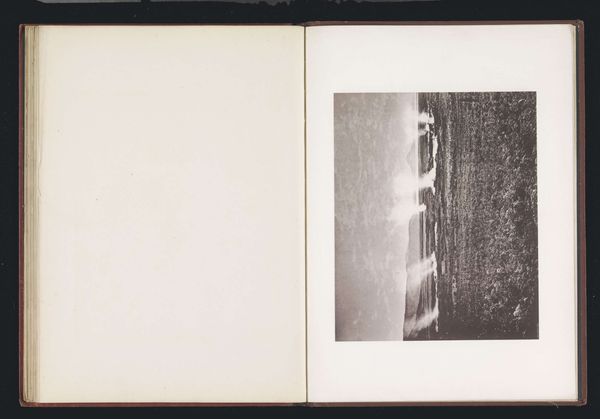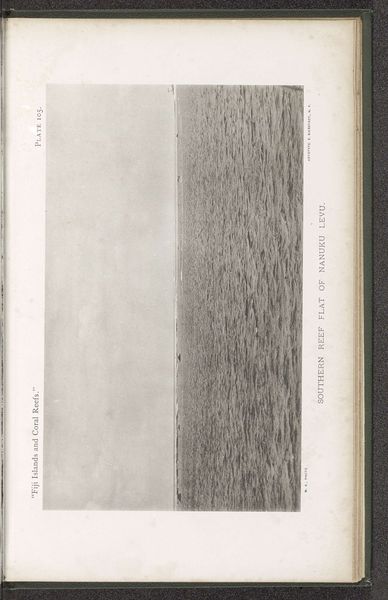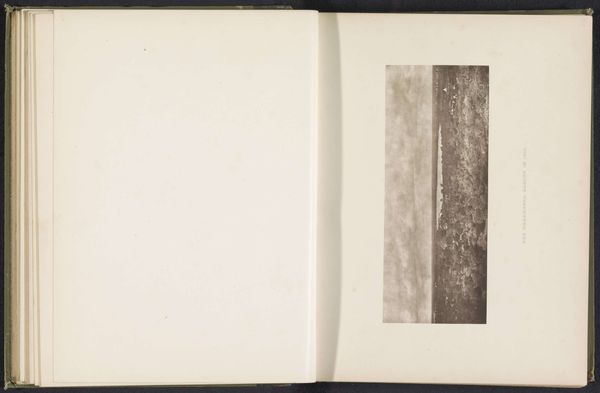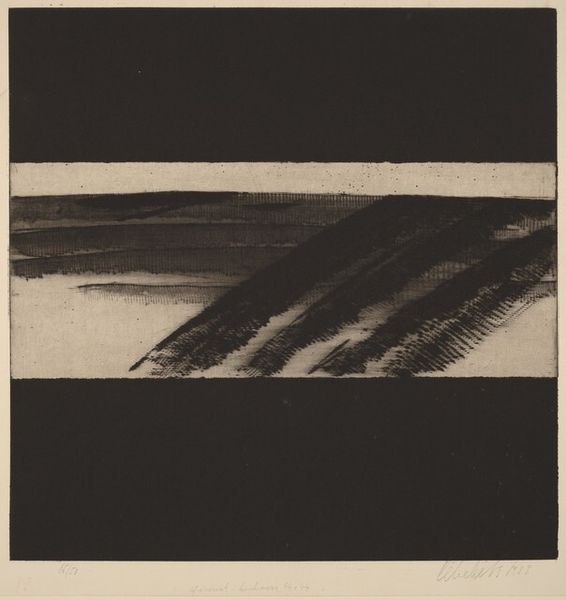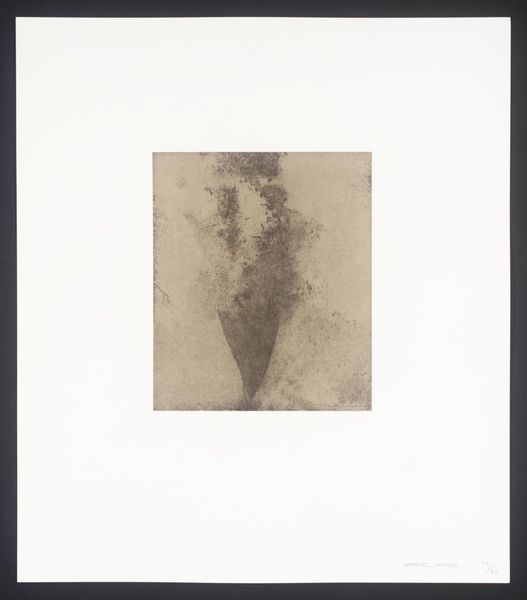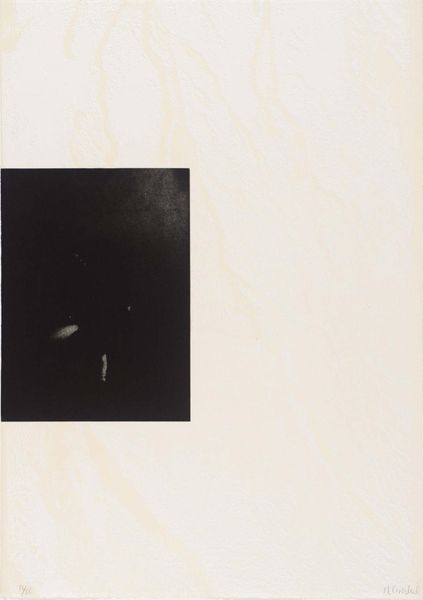
print, photography, albumen-print
# print
#
landscape
#
photography
#
albumen-print
Dimensions: height 108 mm, width 179 mm
Copyright: Rijks Museum: Open Domain
Editor: Here we have a landscape photograph, titled *Vlakte van vulkanische modder, gezien vanaf Mbau,* which translates to *Plain of Volcanic Mud, Seen From Mbau*. It’s an albumen print, placing its creation sometime before 1899, made by W. McM. Woodworth. What strikes me is how stark and almost desolate it feels. It’s like the photographic process itself emphasizes a kind of colonial detachment. What do you see in this image, framed as it is in a collection about Fiji? Curator: This photograph, like others taken during this period, presents a particular vision of the Fijian landscape shaped by the goals and ideologies of its time. It is part of a larger visual project: crafting an image of the colony that would promote investment, settlement, and a sense of European control. It asks, implicitly: is this image a neutral recording of the terrain or a construction designed to influence public perception? Editor: So the composition isn't just about aesthetics; it’s a tool. It reminds me that the absence of people also tells a story. Curator: Exactly. The emptiness is not simply an objective reality; it functions as a visual argument that minimizes the presence and the existing relationships to the land. How does that awareness shift how you interpret its artistry, its apparent detachment, as you said? Editor: It does seem to be less an attempt to accurately reflect Fiji and more an assertion of dominance and power. Seeing this photograph, considering its place in that visual rhetoric, it prompts a wider investigation into how imagery becomes intertwined with colonial power structures. Curator: Indeed. Recognizing the political implications of what’s shown – and what's omitted – it forces us to ask critical questions about the photographic representation of place and people in colonial contexts. Editor: I'll certainly look at these kinds of images differently from now on. Thanks for your perspective.
Comments
No comments
Be the first to comment and join the conversation on the ultimate creative platform.
